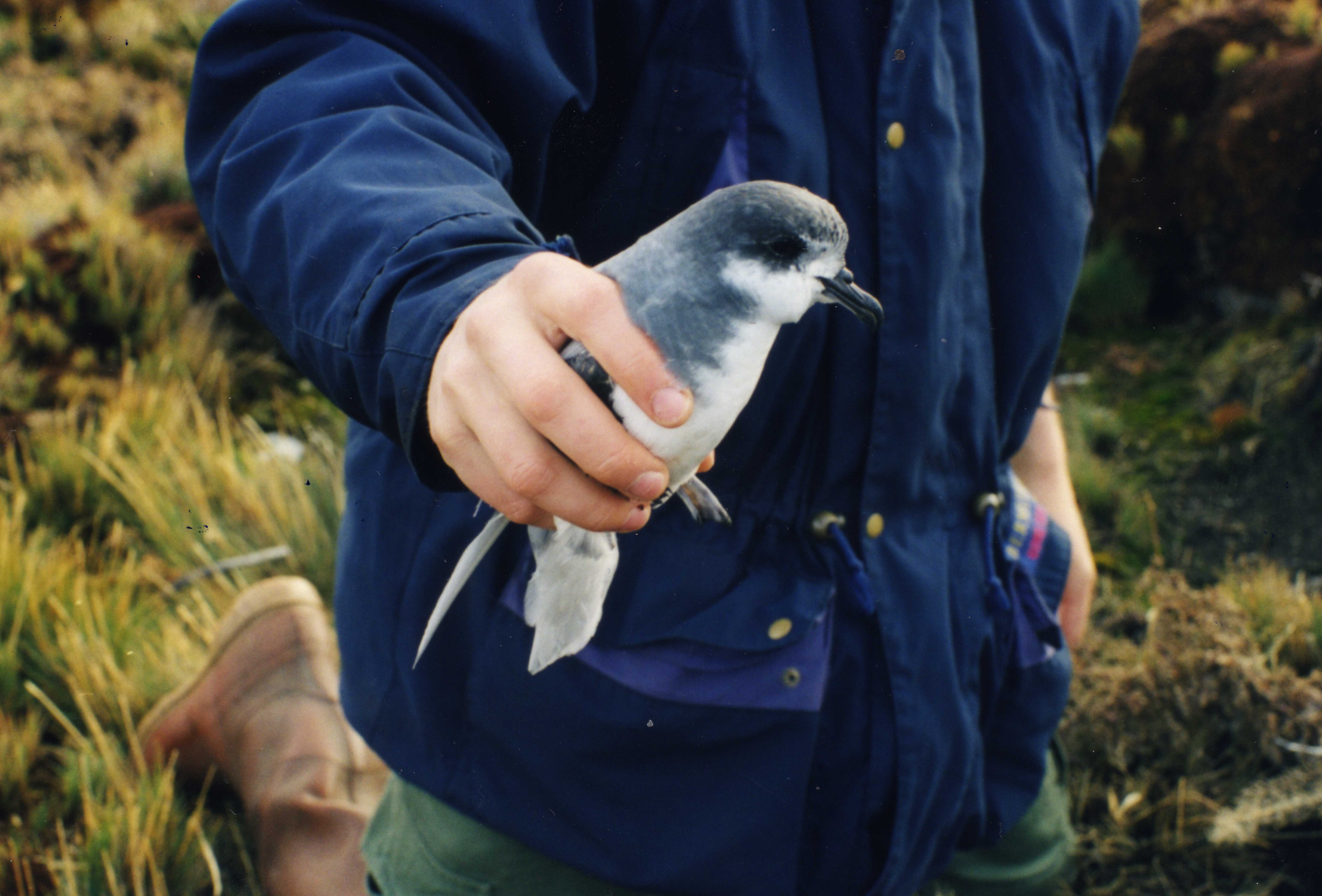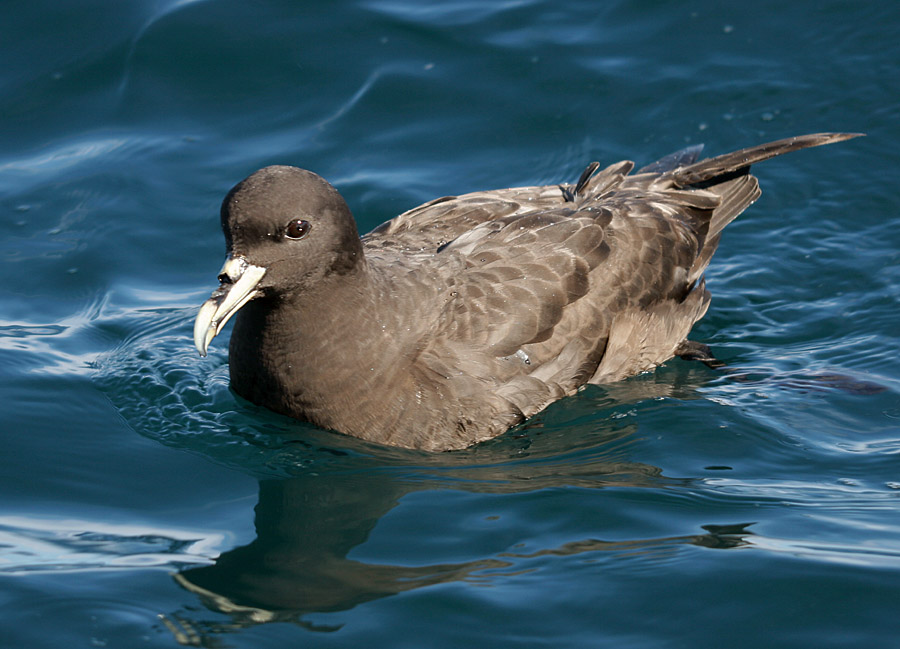|
Flora And Fauna Of The Kerguelen Islands
The Kerguelen Islands are part of the Southern Indian Ocean Islands tundra ecoregion that includes several subantarctic islands. In this cold climate plant life is mainly limited to grasses, mosses and lichens, although the islands are also known for the indigenous edible Kerguelen cabbage. The islands are at the Antarctic convergence, where cold water moving up from the Antarctic mixes with the warmer water of the Indian Ocean. As a consequence, marine mammals, especially seals, and seabirds and penguins are numerous. Fauna Mammals Seals and fur seals: * Southern elephant seal (''Mirounga leonina'') * Antarctic fur seal (''Arctophoca gazella'') * Leopard seal (''Hydrurga leptonyx'') occasional. Cetaceans: * Commerson's dolphin (''Cephalorhynchus commersonii'') * D -type Orca (''Orcinus orca''). * Humpback whale (''Megaptera novaeangliae'') * Southern right whale (''Eubalaena australis''), etc. Introduced land mammals: * Bizet sheep. Approximately 3,500 semi-wild sheep live ... [...More Info...] [...Related Items...] OR: [Wikipedia] [Google] [Baidu] |
Muséum D'histoire Naturelle De Marseille
The Muséum d’histoire naturel de Marseille, also known in English as the Natural History Museum of Marseille, is one of the most visited natural history museums in France. It was founded in 1819 by Jean-Baptiste, marquis de Montgrand and Christophe de Villeneuve-Bargemon, prefect of the Bouches-du-Rhône department. It is located in the Palais Longchamp, 4th arrondissement of Marseille, built according to the plans of Henri-Jacques Espérandieu. Its museum abbreviation (used when giving identifiers to specimens) is MHNM. History The museum was created in 1819. It has been located at various places, including the Chapelle des Bernardines, before settling in 1869 at the Palais Longchamp, which it shares with the Musée des Beaux-Arts. The museum is now under the supervision of the Ministry of Higher Education and Research. It was classified as a museum of France in 2002. Exhibitions The museum houses 83,000 zoological specimens, 200, 000 botanical specimens, 81,000 fossils, ... [...More Info...] [...Related Items...] OR: [Wikipedia] [Google] [Baidu] |
Blue Petrel
The blue petrel (''Halobaena caerulea'') is a small seabird in the shearwater and petrel family, Procellariidae. This small petrel is the only member of the genus ''Halobaena'', but is closely allied to the prions. It is distributed across the Southern Ocean but breeds at a few island sites, all close to the Antarctic Convergence zone. Taxonomy The blue petrel was first described in 1777 by the German naturalist Georg Forster in his book ''A Voyage Round the World''. He had accompanied James Cook on Cook's second voyage to the Pacific. Forster did not give the blue petrel a binomial name, but when the German naturalist Johann Friedrich Gmelin updated Carl Linnaeus's ''Systema Naturae'' in 1789 he included a brief description of the bird, coined the binomial name ''Procellaria caerulea'' and cited Forster's book. The blue petrel is now the only species placed in the genus ''Halobaena'' that was introduced for the blue petrel in 1856 by French naturalist Charles Lucien Bonaparte. T ... [...More Info...] [...Related Items...] OR: [Wikipedia] [Google] [Baidu] |
Phalacrocoracidae
Phalacrocoracidae is a family of approximately 40 species of aquatic birds commonly known as cormorants and shags. Several different classifications of the family have been proposed, but in 2021 the IOC adopted a consensus taxonomy of seven genera. The great cormorant (''Phalacrocorax carbo'') and the common shag (''Gulosus aristotelis'') are the only two species of the family commonly encountered in Britain and Ireland and "cormorant" and "shag" appellations have been later assigned to different species in the family somewhat haphazardly. Cormorants and shags are medium-to-large birds, with body weight in the range of and wing span of . The majority of species have dark feathers. The bill is long, thin and hooked. Their feet have webbing between all four toes. All species are fish-eaters, catching the prey by diving from the surface. They are excellent divers, and under water they propel themselves with their feet with help from their wings; some cormorant species have been f ... [...More Info...] [...Related Items...] OR: [Wikipedia] [Google] [Baidu] |
Common Diving Petrel
The common diving petrel (''Pelecanoides urinatrix''), also known as the smaller diving petrel or simply the diving petrel, is a diving petrel, one of four very similar auk-like small petrels of the southern oceans. It is native to South Atlantic islands and islands of the subantarctic southern Indian Ocean, islands and islets off New Zealand and south-eastern Australian islands. Taxonomy The common diving petrel was formally described in 1788 by the German naturalist Johann Friedrich Gmelin. He placed it with the other petrels in the genus ''Procellaria'' and coined the binomial name ''Procellaria uriatrix''. Gmelin based his description on the "diving petrel" that had been described in 1785 by the English ornithologist John Latham in the second volume of his ''A General Synopsis of Birds''. Latham reported that they were found in great numbers in Queen Charlotte Sound at the northern end of South Island, New Zealand. The common diving petrel is now one of four petrels p ... [...More Info...] [...Related Items...] OR: [Wikipedia] [Google] [Baidu] |
South Georgian Diving Petrel
The South Georgia diving petrel or Georgian diving-petrel (''Pelecanoides georgicus'') is one of five very similar small auk-like diving petrels of the southern oceans. It is native to the South Atlantic and islands of the southern Indian Ocean and south-eastern Australia. Taxonomy and nomenclature The American ornithologist Robert Cushman Murphy and the zoologist Francis Harper described the South Georgia diving petrel in 1916. Its specific name, ''georgicus,'' is derived from the South Georgia islands where they identified the species. Other common names include ''puffinure de Géorgie du Sud'' (French), ''Breitschnabel Lummensturmvogel'' (German), and ''potoyunco de Georgia'' (Spanish). A unique New Zealand population is now considered a separate species, the Whenua Hou diving petrel. Description The South Georgia diving petrel is a small, plump petrel, in length and weighing around . Its plumage is black above and dull white below, and it has a stubby black bill with pale b ... [...More Info...] [...Related Items...] OR: [Wikipedia] [Google] [Baidu] |
Grey-backed Storm-petrel
The grey-backed storm petrel (''Garrodia nereis'') is a species of seabird in the austral storm petrel family Oceanitidae. It is monotypic within the genus ''Garrodia''. It is found in Antarctica, Argentina, Australia, Chile, Falkland Islands, French Southern Territories, New Zealand, Saint Helena, South Africa, and South Georgia and the South Sandwich Islands. Its natural habitat is open seas. The genus ''Garrodia'' was created by William Alexander Forbes in 1881 and named after English zoologist Alfred Henry Garrod, while the specific descriptor is an allusion to the Nereids, the sea nymphs of Greek mythology.Jobling (2010), p. 268. References Cited texts * grey-backed storm petrel Birds of islands of the Atlantic Ocean Birds of subantarctic islands Birds of the Indian Ocean Fauna of the Prince Edward Islands Fauna of the Crozet Islands grey-backed storm petrel The grey-backed storm petrel (''Garrodia nereis'') is a species of seabird in the austral storm petre ... [...More Info...] [...Related Items...] OR: [Wikipedia] [Google] [Baidu] |
Black-bellied Storm-petrel
The black-bellied storm petrel (''Fregetta tropica'') is a species of seabird in the family Oceanitidae. It is found in Antarctica, Argentina, Australia, Bouvet Island, Brazil, Chile, Falkland Islands, French Polynesia, French Southern Territories, Madagascar, Mozambique, New Zealand, Oman, Peru, Saint Helena, São Tomé and Príncipe, Solomon Islands, South Africa, South Georgia and the South Sandwich Islands, Uruguay, and Vanuatu. Description They are usually black with a white band over the rump and white under the wings and on the flanks. A broad black stripe runs down the center of the belly, but may be broken or absent altogether. They have long legs, so the feet can be seen beyond the tail in flight. The legs and feet are black. They are silent mostly at sea. Noises can be heard from the breeding colonies; birds on the ground give a drawn-out shrill whistle. References External links 'Fregetta tropica''">Black-bellied storm-petrel [''Fregetta tropica''/nowiki>- p ... [...More Info...] [...Related Items...] OR: [Wikipedia] [Google] [Baidu] |
Wilson's Storm-petrel
Wilson's storm petrel (''Oceanites oceanicus''), also known as Wilson's petrel, is a small seabird of the austral storm petrel family Oceanitidae. It is one of the most abundant bird species in the world and has a circumpolar distribution mainly in the seas of the southern hemisphere but extending northwards during the summer of the northern hemisphere. The world population was estimated in 2022 as stable at 8 to 20 million birds. In 2010 it had been estimated at 12-30 million. A 1998 book had estimated more than 50 million pairs. The name commemorates the Scottish-American ornithologist Alexander Wilson. The genus name ''Oceanites'' refers to the mythical Oceanids, the three thousand daughters of Tethys. The species name is from Latin ''oceanus'', "ocean". Taxonomy Originally described in the genus ''Procellaria'' it has been placed under the genus ''Oceanites''. Two or three subspecies are recognized and one population ''maorianus'' from New Zealand may be extinct. The nomin ... [...More Info...] [...Related Items...] OR: [Wikipedia] [Google] [Baidu] |
Hydrobatidae
Northern storm petrels are seabirds in the genus ''Hydrobates'' in the family Hydrobatidae, part of the order Procellariiformes. The family was once lumped with the similar austral storm petrels in the combined storm petrels, but have been split, as they were not closely related. These smallest of seabirds feed on planktonic crustaceans and small fish picked from the surface, typically while hovering. Their flight is fluttering and sometimes bat-like. The northern storm petrels are found in the Northern Hemisphere, although some species around the Equator dip into the south. They are strictly pelagic, coming to land only when breeding. In the case of most species, little is known of their behaviour and distribution at sea, where they can be hard to find and harder to identify. They are colonial nesters, displaying strong philopatry to their natal colonies and nesting sites. Most species nest in crevices or burrows, and all but one species attend the breeding colonies nocturnall ... [...More Info...] [...Related Items...] OR: [Wikipedia] [Google] [Baidu] |
Grey Petrel
The grey petrel (''Procellaria cinerea''), also called the brown petrel, pediunker or grey shearwater is a species of seabird in the Procellariidae, or petrel family. It is pelagic and occurs in the open seas of the Southern Hemisphere, mainly between 32°S and 58°S. Taxonomy The grey petrel was formally described in 1789 by the German naturalist Johann Friedrich Gmelin under the binomial name ''Procellaria cinerea''. Gmelin's description was based on the "Cinereous fulmar" that had been described by the English ornithologist John Latham in 1785. The genus name is from the Latin ''procella'' meaning "storm" or "gale". The specific ''cinerea'' is from the Latin ''cinereus'' meaning "ash-grey" or "ash-coloured". The word ''petrel'' is derived from Saint Peter and the story of his walking on water. This is in reference to the petrels' habit of appearing to run on the water to take off.Gotch, A. T. (1995) The grey petrel is a member of the family Procellariidae, and the order ... [...More Info...] [...Related Items...] OR: [Wikipedia] [Google] [Baidu] |
White-chinned Petrel
The white-chinned petrel (''Procellaria aequinoctialis'') also known as the Cape hen and shoemaker, is a large shearwater in the family Procellariidae. It ranges around the Southern Ocean as far north as southern Australia, Peru and Namibia, and breeds colonially on scattered islands. The white-chinned petrel was formerly considered to be conspecific with the spectacled petrel (''Procellaria conspicillata''). Taxonomy In 1747 the English naturalist George Edwards included an illustration and a description of the white-chinned petrel in the second volume of his ''A Natural History of Uncommon Birds''. He used the English name "The great Black Peteril" and based his hand-coloured etching on a preserved specimen that had been brought to London. He believed that it had been collected near the Cape of Good Hope. When in 1758 the Swedish naturalist Carl Linnaeus updated his '' Systema Naturae'' for the tenth edition, he placed the white-chinned petrel with the other petrels in th ... [...More Info...] [...Related Items...] OR: [Wikipedia] [Google] [Baidu] |
.jpg)


.jpg)



